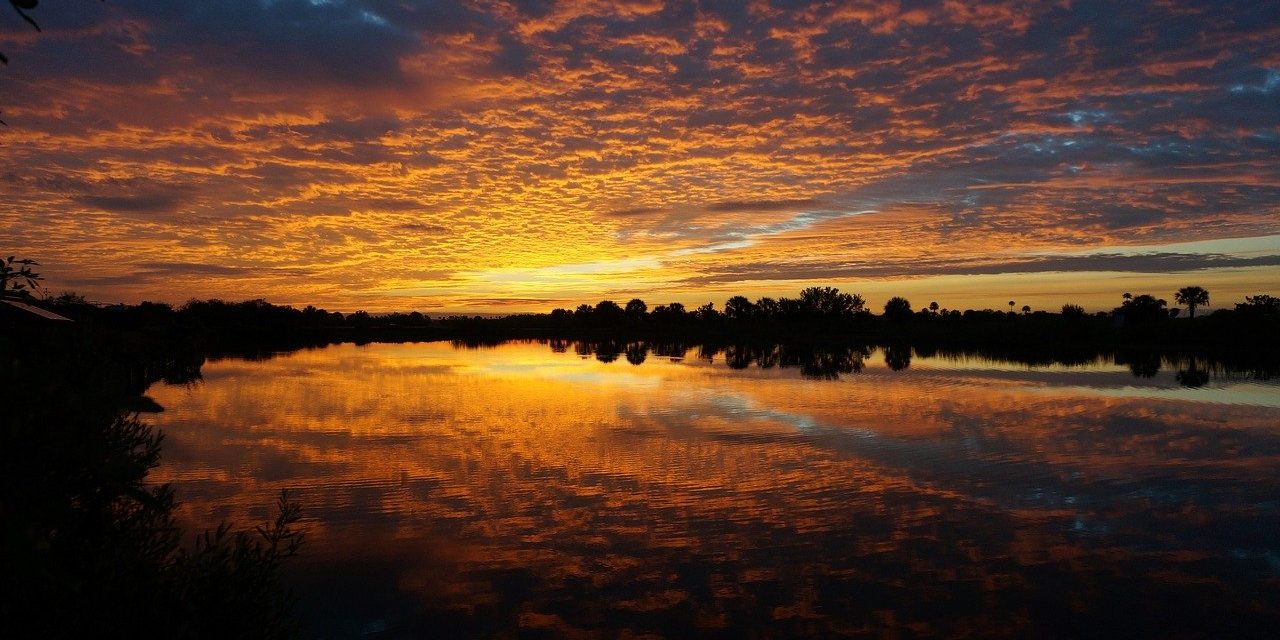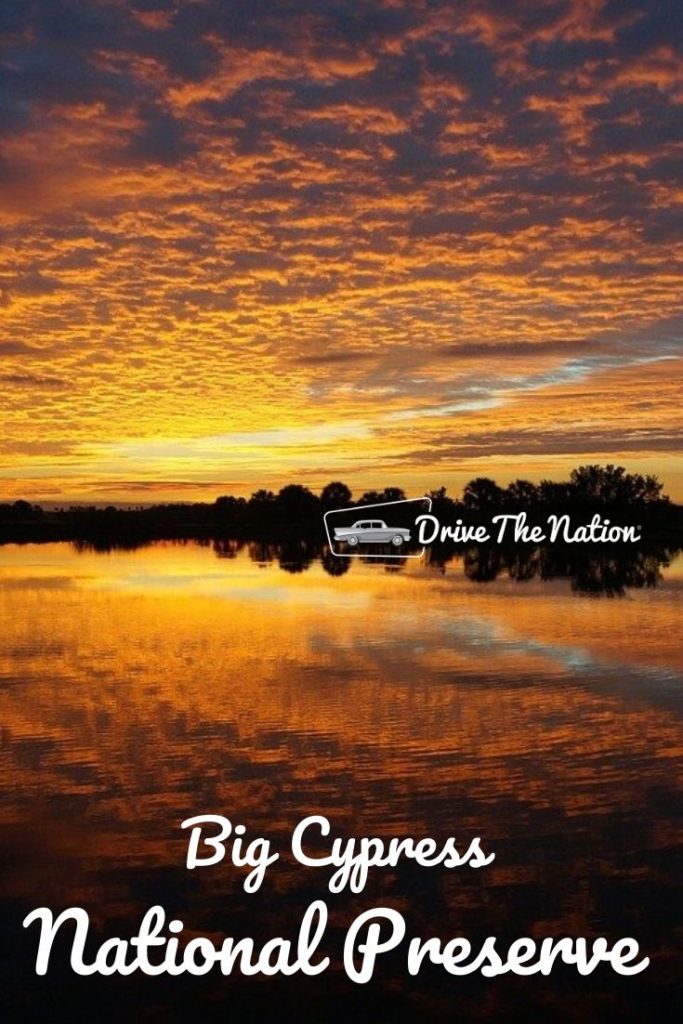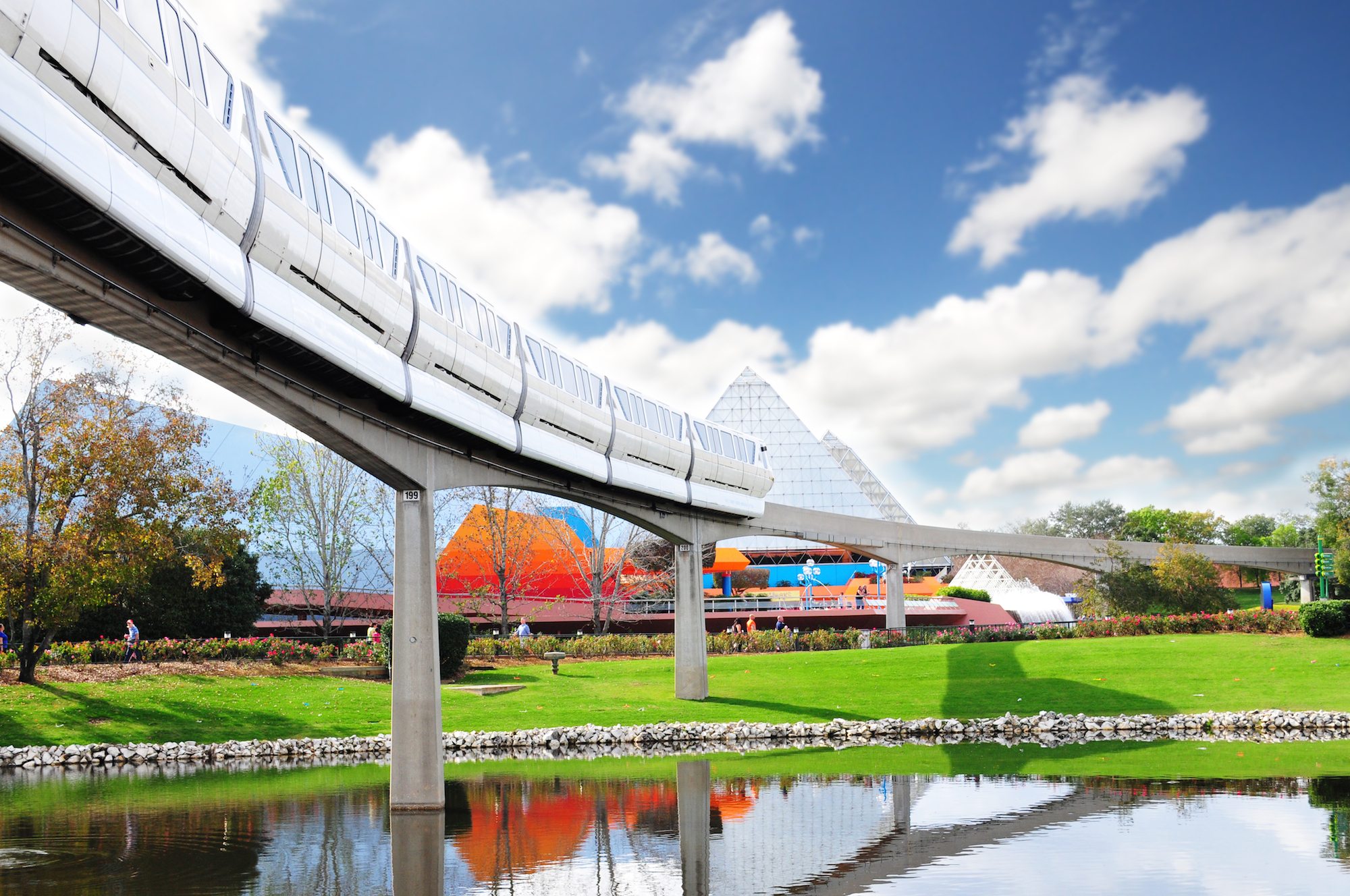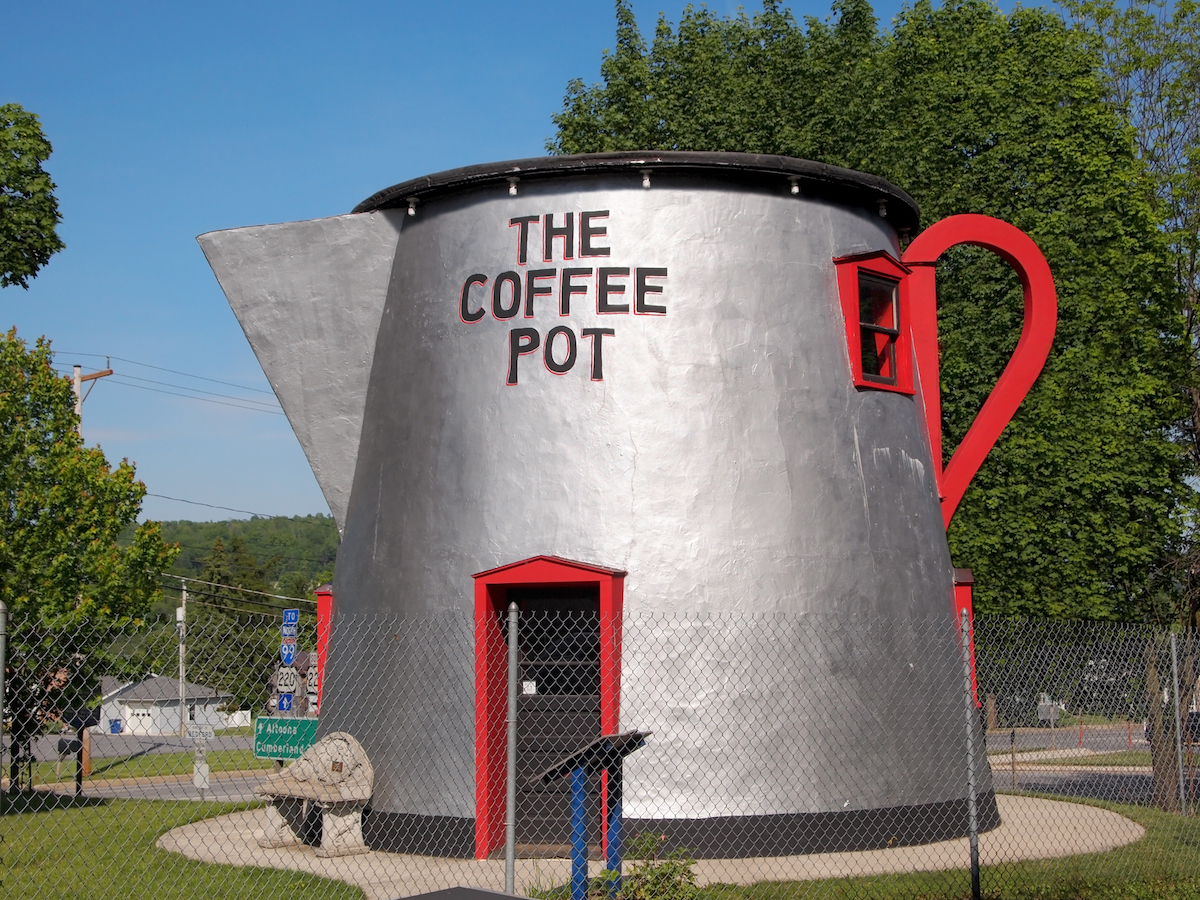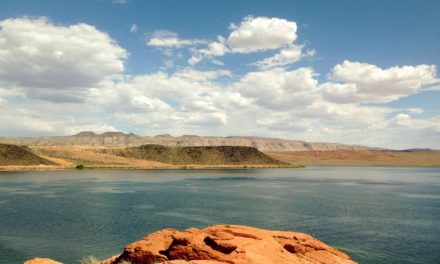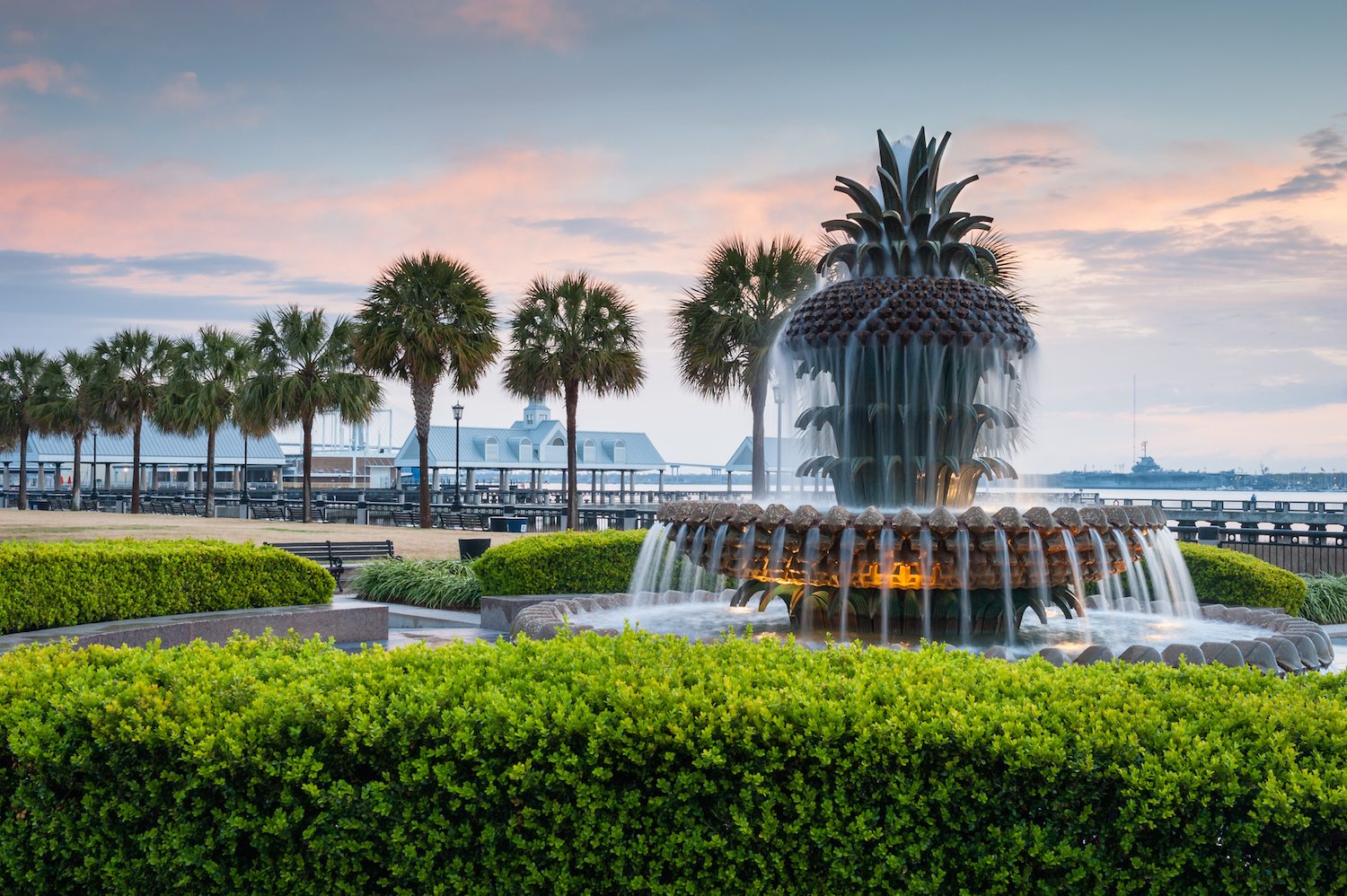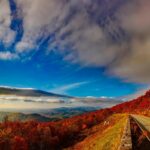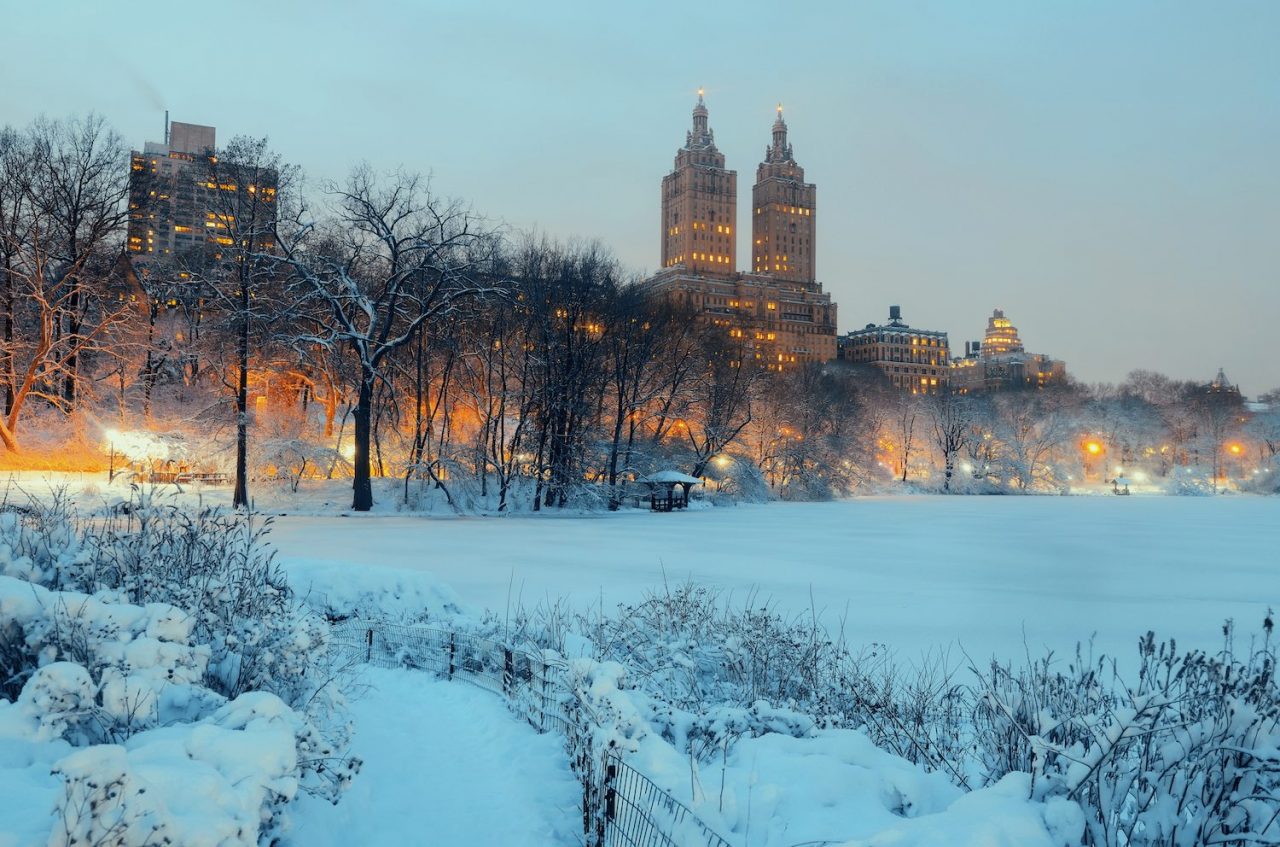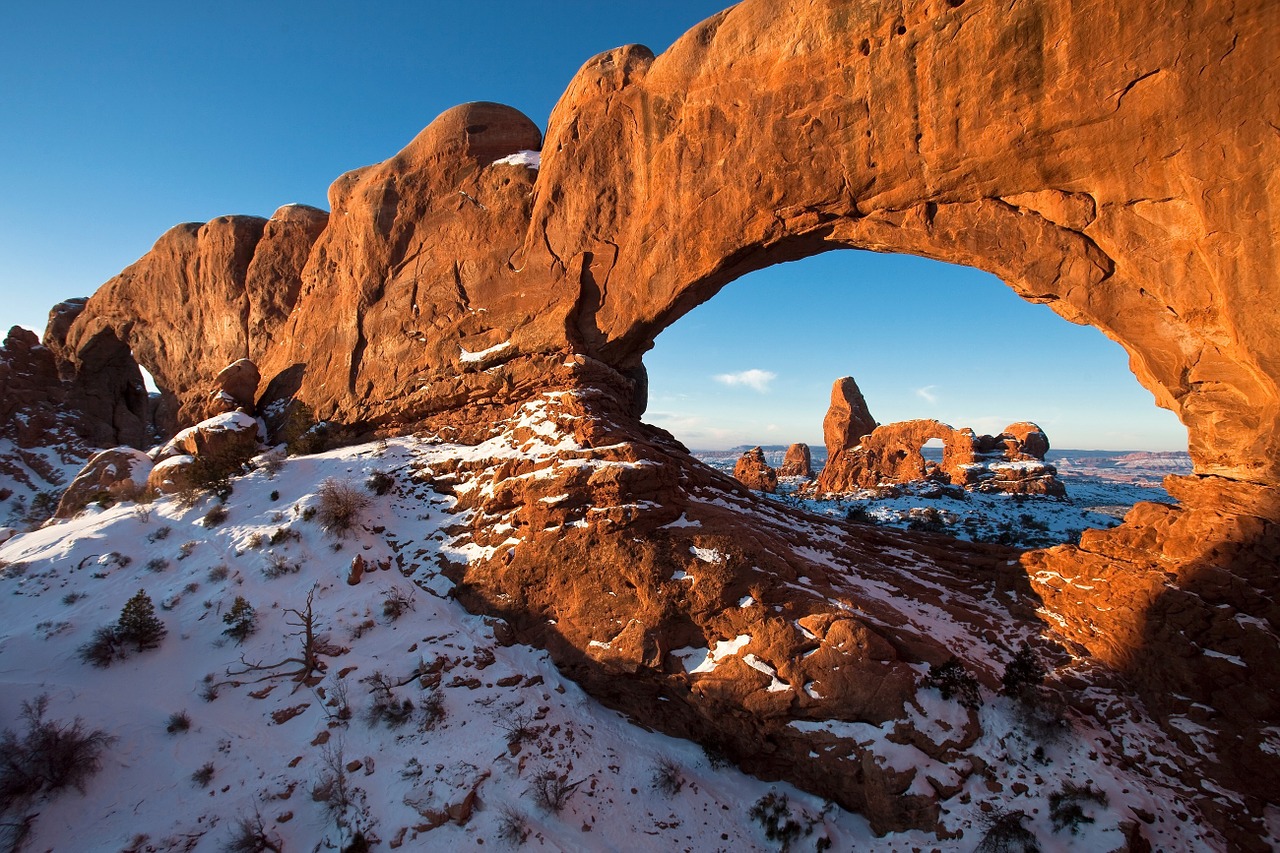Florida is filled with a ton of entertainment, bustling nightlife, and Cuban pastries (more toward South Florida.) It’s also well known for its beaches, alligators and the Everglades. So, you’ve likely already heard of Everglades National Park.
But, have you heard of Big Cypress National Preserve? It’s a cypress swamp created by rainwater, whereas the Everglades gets its water from a steady flow from nearby Lake Okeechobee. Here, you can camp, hike, and search for wildlife. Find out more information inside of this post.
Big Cypress National Preserve
Big Cypress is a 700,000-acre outdoor swamp that was established in 1974. It’s located in Ochopee, Florida which is about an hour and a half from both Miami and Ft. Lauderdale and 40 minutes from Naples.
Dry Season/ Wet Season
There are only two seasons at Cypress: wet or dry. The wet season is during the months of May through October. The dry season is during the months of November through April. There are pros to visiting during each time.
The wet season is when you will see most of the water and animals all around but it also brings out mosquitos and it means a lot of summer rainfall. During the dry season, you have to look a little harder to find the wildlife but the tradeoff is the weather is breezier and more bearable. There are also fewer visitors during the first half of the dry season, so foot traffic will be less.
Discovery Hike
If you want to take a hike through the swampy preserve and are new or unsure where to start, you have the option to go on a Discovery Hike which is led by a ranger. Because you will likely be walking through water, tall boots are advised and pants you don’t mind getting dirty. Each tour takes about two hours and your guide will tell you all about the flora and fauna in the area.

